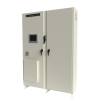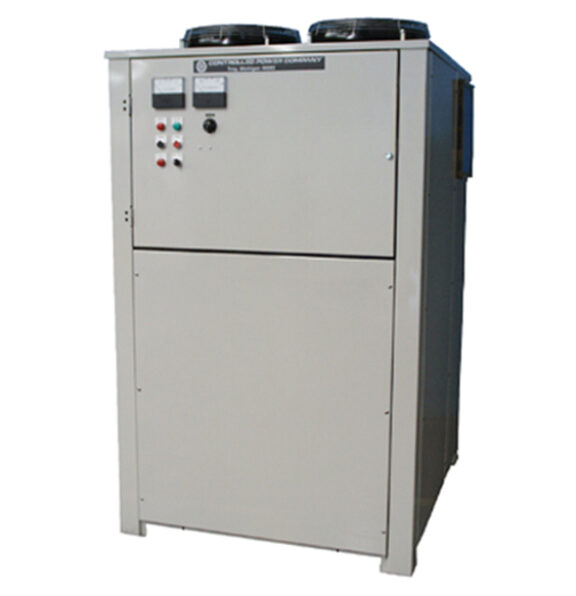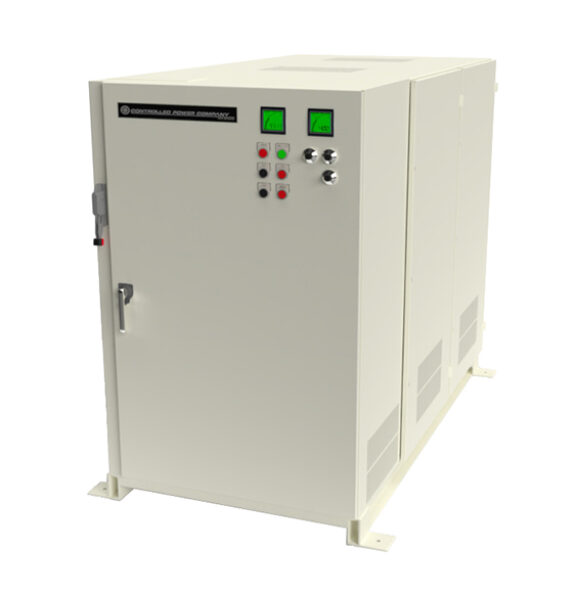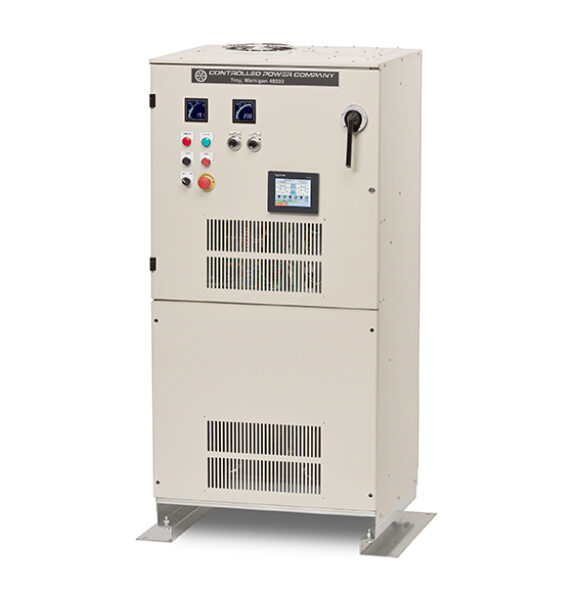Our team is here to support you and solve your power challenges. Connect with our responsive experts today to learn about our customized power solutions and products.
AnodeMon (Anode Current Monitoring)
AnodeMon is a PLC-based, anode cell current monitoring and distribution system for cathodic and anodic metal finishing systems such as e-coat and anodizing. Using its PLC-based architecture, AnodeMon gives the system operator real-time values of individual cell current during the finishing process. Each of these values are viewable on and stored in an HMI for further analysis and/or evaluating trends for system process efficiency and cell life. With the optional “AnodeHealth” software, AnodeMon can also project when an anode is near the end of its life, and can inform the user when the anode requires service or replacement. AnodeMon performs “Anode Current Monitoring” in two (2) distinct configurations: “With” and “Without” Electrical Distribution. There is no limit to the number of anodes that can be monitored.
AnodeMon is offered at many different price-points, and can be sold as either a standalone system or integrated into one of CPC’s rectifiers.
Anode Capacity: 8 – unlimited
Anode Protection: Fuses
Anode Distribution: Yes
“AnodeHealth”: An optional software package that performs highly technical analyses to determine when anodes require service or are in need of replacement.
Applications
- Electrocoating
- Anodizing
- Other metal finishing processes
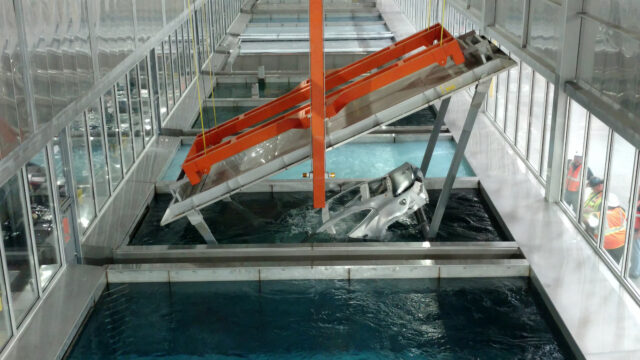
Product Specifications
Features and Benefits
- Know the current values of each anode, real time
- Diagnose problems before they cause quality defects and unnecessary energy usage
- Capability to plan anode service or replacement
- Anode over-current protection
- Flexible cabinet configurations for different environments and locations
- PLC integration
- Compatible with automotive systems
Frequently Asked Questions
Why would I need to monitor my anode cells?
Monitoring anode cell current is the best way to evaluate anode performance, as well as remaining anode life. If a defective anode is detected early it can save on wasted energy and rework costs, as well as improve finish quality.
How do I know if an anode is failing?
As an anode degrades, the electrical resistance of the anode increases, and thus anode conductivity is reduced. This manifests itself in a slow reduction of throw power and current flow through the anode over time. Many customers increase the voltage to compensate.
How does the “AnodeHealth” feature work?
“AnodeHealth” runs on a PLC / HMI system that is already running AnodeMon, and uses six (6) different anode life analyses to determine when anodes require inspection or replacement. If an anode needs inspection, the PLC notifies the end user via the HMI and/or the plant’s network.
What compatible PLC manufacturers are available on AnodeMon?
Allen Bradley is standard, but AnodeMon can be programmed on most PLC brands.
Can AnodeMon be used on automotive ELPO systems?
Yes, AnodeMon has been used in many different automotive OEM applications, and is designed to meet their specifications.
Can I connect my anodes directly to AnodeMon?
Yes, one configuration of AnodeMon provides a distribution panel in which each anode is connected directly to its own terminal.
How do I know if I need blocking diodes?
Blocking diodes are typically only used on multiple zone e-coat systems.
What types of communication are available on AnodeMon?
Standard communication protocol is Ethernet IP (PLC based). Other types are available.
What other types of monitoring are available on AnodeMon, besides current?
“Anode Fuse Blown” indication (LED) is standard on the current monitoring circuit boards for units with anode power distribution only. “Anode Fuse Blown” indication is also available on the HMI as an option. AnodeMon also has the capability to control and monitor the rectifier(s) in the system.
Can AnodeMon be integrated into any rectifier / e-coat system?
Yes and no. AnodeMon can be integrated as a stand-alone system into any e-coat line; however we cannot retrofit AnodeMon into a non- Controlled Power Company rectifier.

